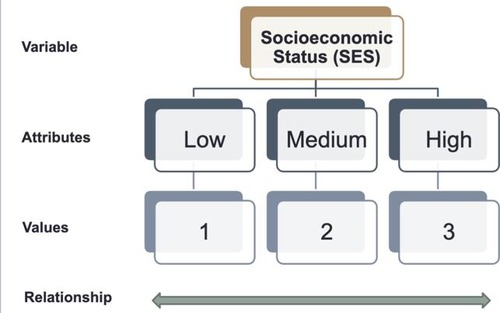pubh 475 week 8: sample size and measurement
1/23
There's no tags or description
Looks like no tags are added yet.
Name | Mastery | Learn | Test | Matching | Spaced |
|---|
No study sessions yet.
24 Terms
Why is sample size important in research studies?
statistical inferences and statistical significance. A larger sample size leads to smaller sampling error and a greater probability of statistical significance.
What are the two approaches to determine sample size?
- Precision: How close the sample statistic is to the actual population parameter, requiring larger sample sizes for small sampling errors. 2. Power analysis: A technique using statistical software to determine the necessary sample size to detect a real effect.
power analysis
A technique that helps determine how many participants are needed in a study to detect a real effect, preventing too few or too many participants. It allows us to reject the null hypothesis if alternative is true.
When is power analysis conducted and which is the preferred time point?
Power analysis can be conducted a priori (before the study) to ensure enough participants or post hoc (after data collection) to evaluate if the study had enough participants. A priori is preferred for reliable results from the start.
What is the role of power in hypothesis testing?
Power is the probability of correctly rejecting the null hypothesis when the alternative is true, aiming for lower Type I and Type II error rates.
Type 1 error
worst type of error, when we reject th enull and accept the alternative but we shouldnt have because there was no difference in reality.
Type 2 error
fail to reject the null when we shouldn't have
What is effect size?
The magnitude of the experimental effect or the strength of the relationship between two variables (bivariate) in a sample.
What is measurement in research?
assigning numbers or labels according to a set of rules, such as variables like gender and age.
What are the two types of data collection in measurement?
Quantitative: Standardized data collection with predetermined questions and numeric values. 2. Qualitative: Data expressed in participants' language, typically words and narratives. want to use open ended quantitative questions (how old are you) bc its more specific
What is a measurement instrument?
A tool or data collection instrument used to measure variables, with questionnaires being the most common.
instrumentation
all measurements used in the study
What are the five ways to collect data?
- Self-report 2. Observation 3. Knowledge tests 4. Checklists 5. Laboratory tests
What are the strengths and weaknesses of self-report measures?
Strengths: most common. Fast and cheap. Weaknesses: Can be untruthful due to social desirability bias.
What is social desirability bias and how can it be overcome?
Social desirability bias occurs when respondents answer in ways they think are socially acceptable. It can be overcome by ensuring anonymity and using neutral wording.
What is recall bias and how can it be mitigated?
happens when respondents do not remember past events accurately. It can be mitigated by using shorter time frames and providing memory cues.
What are three methods of collecting self-report data?
- Self-administered (e.g., paper, apps) 2. Interview administered (e.g., face-to-face, telephone) 3. Computer-assisted (e.g., ACASI) where participants answer questions privately.
What are the three primary elements of a questionnaire?
- Instructions for respondents 2. The questions themselves 3. The response options.
four characteristics that make up the format of a variable
Attributes (e.g., low, medium, high) 2. Values (e.g., 1, 2, 3)
Relationships

What are the four levels of measurement? Give an example of each.
- Nominal (categorical): Named attributes with no order (e.g., hair color). 2. Ordinal (categorical): Ranked categories with unequal differences (e.g., pain levels). 3. Interval (continuous): Ordered numbers with equal intervals (e.g., temperature) no true zero. 4. Ratio (continuous): Ordered numbers with a real zero (e.g., weight).
What is scoring in research?
the process of adding up responses to variables to obtain a single value, such as summing responses on a depression scale.
What are two reasons researchers need to be concerned about sample size?
- To ensure the study has enough power to detect an effect if it exists. 2. To avoid wasting resources on studies that cannot provide reliable results.
What is operationalization?
The process of defining measurement procedures for the variables in a study.
What are structured, unstructured, and hybrid items in questionnaires?
Structured items have fixed response options, unstructured items allow open-ended responses, and hybrid items combine both formats.